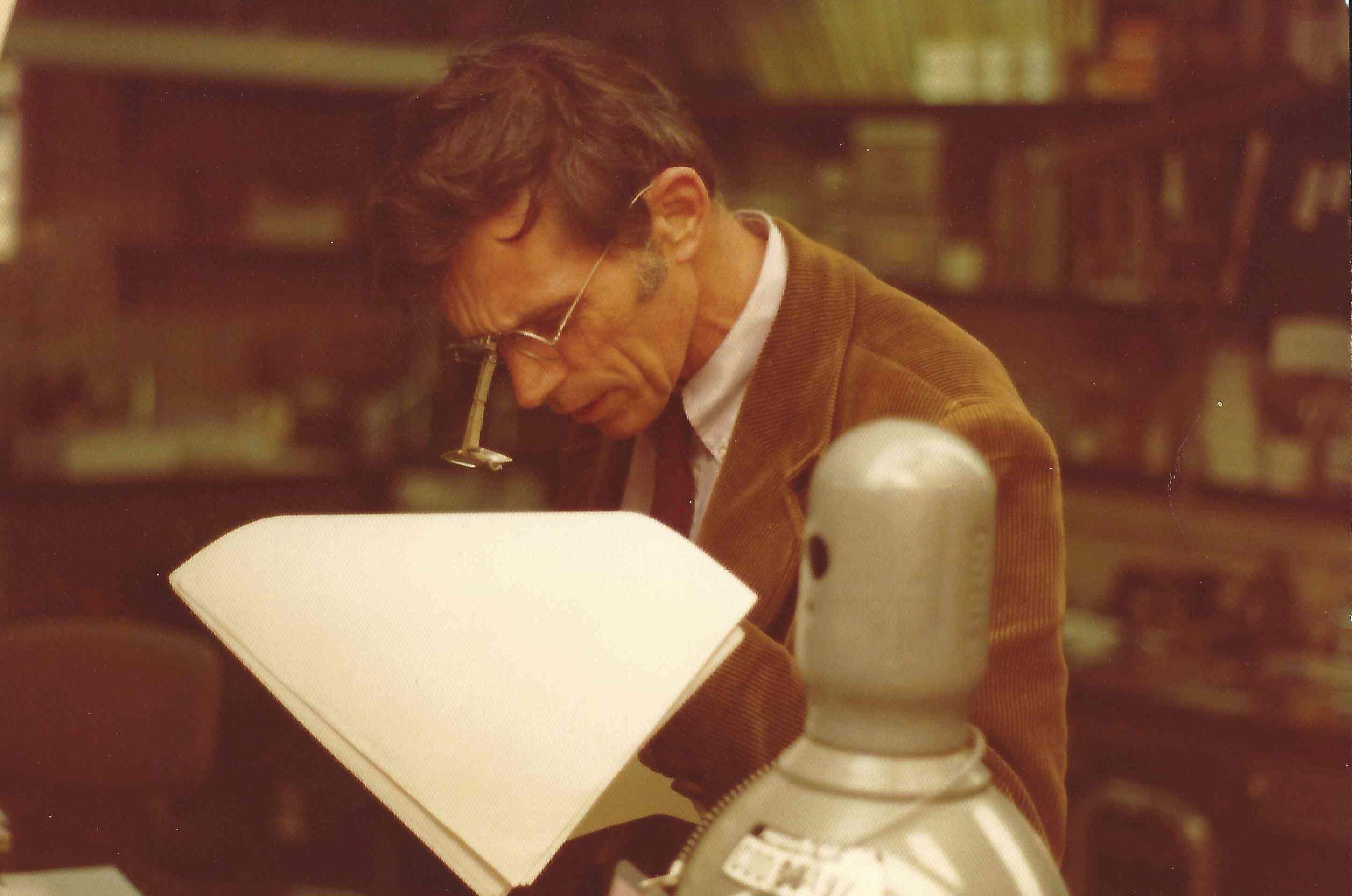Antibody Structure, Function and Genetics
“What a memorable day! The Pneumococcal reactants were most exciting—sugarplums were dancing in my head.”
- —Michael Potter, “The Early History of Plasma Cell Tumors in Mice, 1954–1976.”
Matching Immunoglobulins to their Antigens
| Dive | ||||||||||||||||||||
|---|---|---|---|---|---|---|---|---|---|---|---|---|---|---|---|---|---|---|---|---|
| ||||||||||||||||||||
|
| Span | ||
|---|---|---|
| ||
In their Building 8 laboratory, Potter and Elizabeth Mushinski began screening the immunoglobulins produced by plasma cell tumors against all types of antigens to match antibody to antigen. In 1968, they identified the MOPC315 immunoglobulin and its antigen, pneumococcal C polysaccharide, which is a component of the bacteria that causes pneumonia. |
| Span | ||
|---|---|---|
| ||
Michael P. Cancro, Ph.D., University of Pennsylvania |
What Makes Immunoglobulins Differ Genetically?
| Span | ||
|---|---|---|
| ||
|
Potter worked with Rose Lieberman on the third question he had scrawled: What is the genetic basis of antibody diversity? They found three genetic “types” in each immunoglobulin. “Isotype” genes on the constant regions determine the class and sub-class of the immunoglobulin. “Allotypes” distinguish the constant region sequences that are unique to the mouse strain. And “idiotypes” in the variable region reflect genetic sequences associated with an immunoglobulin’s specificity; sometimes immunoglobulins bind to the same antigen, but their idiotype genes are different.
| Dive | |||||||||||||||||||
|---|---|---|---|---|---|---|---|---|---|---|---|---|---|---|---|---|---|---|---|
| |||||||||||||||||||
|
| Span | ||
|---|---|---|
| ||
This 1976 photograph shows how Potter augmented his glasses with the addition of magnifying lenses that allowed him to see small details. It is perhaps the best visual metaphor for his careful and precise research. |
| Span | ||
|---|---|---|
| ||
Michael P. Cancro, Ph.D., University of Pennsylvania |






